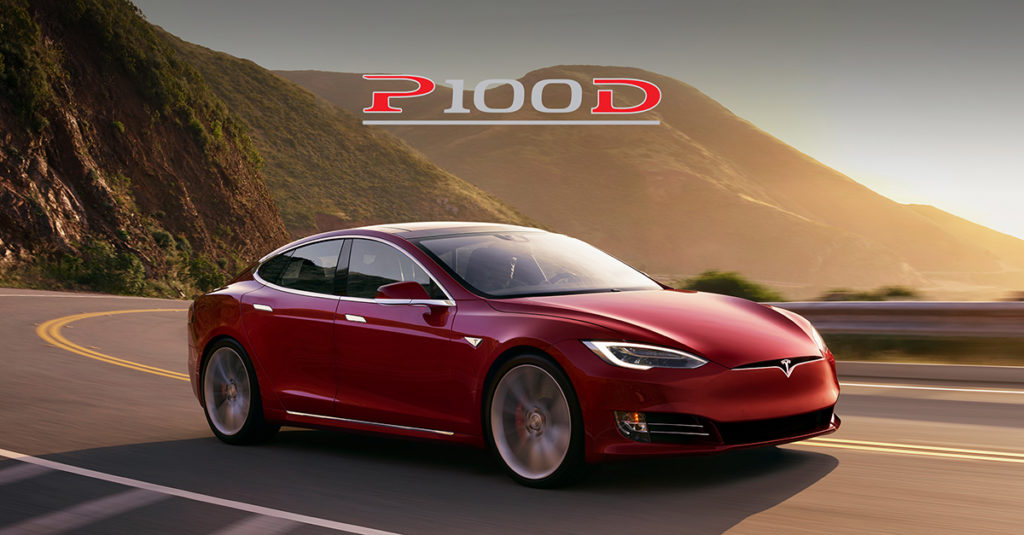Subsidizing electric vehicle purchases is an expensive way to reduce carbon emissions, and mostly subsidizes rich households who would have bought electric vehicles anyhow
There’s a new study from the National Bureau of Economic Research that looks at the effectiveness and distribution of the electric vehicle (EV) purchase credits. The study, by economists from Peking University, Resources for the Future and Cornell concludes:
- Most people who got the subsidies would have bought an electric vehicle even without the subsidy.
- Electric vehicles mainly substitute for highly efficient internal combustion engine or hybrid vehicles
- The net cost of reducing a ton of carbon with electric vehicle subsidies is $552 — at the high end of such strategies.
- Most of the benefits of EV subsidies go to high income households
A largely wasted subsidy
A key finding of the study is that most of the buyers of electric vehicles who got the subsidies would have bought them even without the subsidy. Some inefficiency is to be expected with any subsidy, but the authors estimate that 70 percent of all buyers would have bought their EV even without a subsidy.

Chiefly benefiting high income households
New car buyers have, on average higher incomes than the average household, and given the price premium for most electric vehicles, incomes of EV buyers are higher still. The authors report than the average household income of buyers of electric vehicles was $140,000. As we pointed out in our article “Ten things more inequitable than road pricing,” subsidizing new car purchases tends to automatically be a pretty regressive policy.
In addition, most of the “wasted” subsidy goes to higher income households. The subsidy makes the biggest difference in buying decisions for price-sensitive moderate income households considering the more modest EVs (like a Nissan Leaf or Chevrolet Bolt). As the authors point out:
Since higher-income households are less sensitive to prices and have a stronger preference for newest technologies, they are more likely to adopt EVs without the subsidy.
Substituting for relatively cleaner cars, not dirty ones
In theory, subsidies to EVs make sense because the substitute cleaner cars for dirty ones. Many climate adaptation strategies now assume, for example, that vehicle electrification will spur rapid reductions in CO2 emissions. But most models of the effects of electrification are based on the naive assumption is that each eleçtric vehicle substitutes one-for-one with the “average” internal combustion engine (ICE) vehicle, and so the reduction in carbon and other emissions ought to simply be calculated as the difference between carbon pollution from the average car and carbon pollution from the electric vehicle (which is determined by the source of its electricity). But the market data examined in this study show that those who bought electric cars were not typical buyers, and that if they hadn’t bought an EV, they would likely have purchased a highly efficient ICE vehicle or hybrid. If they hadn’t purchased an EV, the recipients of tax credits would have purchased a vehicle with an estimated fuel economy about 4.2 miles per gallon greater than the fleet average. Electric cars turn out not to attract folks who were planning to buy a gas guzzling SUV or pickup, instead, they seem mostly to cannibalize prospective Prius purchasers.
That has a critical implication for transportation models that assume that electric car adoption will quickly reduce carbon emissions. If EVs substitute for highly efficient gas powered vehicles rather than the average vehicle (or better yet, the least efficient), the gains in carbon reduction will be much smaller and come more slowly than the “naive” model suggests.
In his famous essay Pollution, Property and Prices, the Canadian economist J.H. Dales, pointed out the folly and expense of trying to subsidize our way to lower pollution levels. Handing out subsidies–as opposed to a straightforward allocation of costs–turns out inevitably to be highly inefficient, prompting overconsumption of the things we subsidize, and turns out to be an inefficient way to get less pollution. It’s why a carbon tax–with the proceeds spent on some combination of equal per person rebates (the carbon dividend) and widely shared services, (like transit)–is a superior alternative.
Jianwei Xing, Benjamin Leard, Shanjun Li, “What does an electric vehicle replace?,” NBER Working Paper 25771 , April 2019.
Hat tip to Aaron Gordon of Jalopnik, who wrote “EV credits go mainly to rich people who would buy EVs anyway.”
